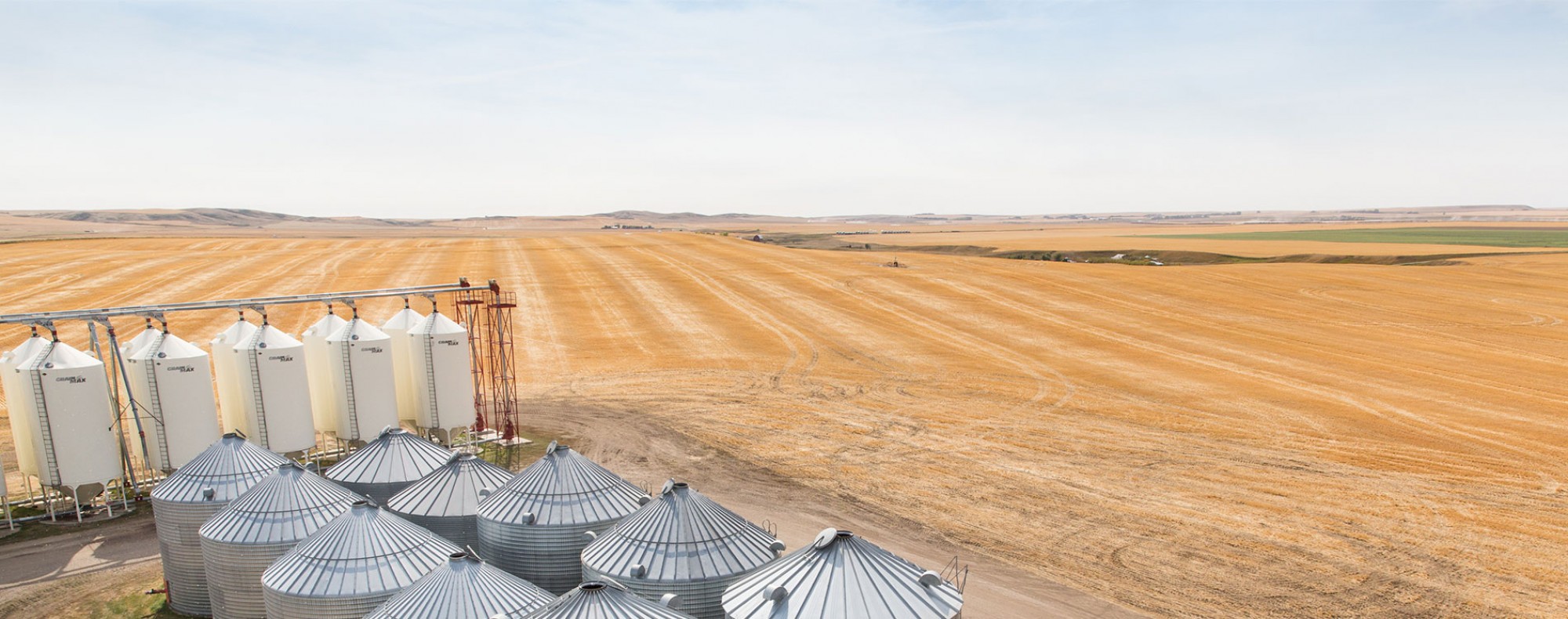Integrating N fertilizer technologies with superior genetics to optimize protein in CWRS wheat without comprising yield, 4R principles, and environmental health
AWC Contribution: $750,000
Start date: March 1, 2019
End date: September 30, 2024
Summary:
As spring wheat growers strive for higher yields through intensified practices and new genetics, the knowledge gap around nitrogen (N) remains far from closed. One question that arises is the role of enhanced efficiency N fertilizers (EEFs), with respect to greater nitrogen use efficiency through reduced losses and higher overall returns. The aim of this study is to explore system responses when the latest genetics are combined with EEFs applied in a range of timing/placement/rate scenarios to determine the benefits provided to achieve yield, protein and greenhouse gas emission targets.
Objectives:
Our major objective is to determine if N stabilizers can mitigate losses that are often associated with N applications, particularly split applications in spring wheat systems. The information generated will assist growers and agronomists to decide if N stabilizers are a good investment. This project will also provide new science-based knowledge on net GHG (N2O and CO2) emissions related to the N fertilization in a CWRS wheat cropping system.
Benefits to producers:
Fertilizer is the most significant cost to crop production and efficient use of N is critical to profitability. N use has contributed to a tripling of cereal grain production in five decades. Canadian annual use of N fertilizer is 1.8 million tonnes; however, less than half of the N is recovered in the harvested grain. As management practices intensify to increase yield and profitability, alternative products that may enhance N fertilizer use efficiency, such as nitrification inhibitors, urease inhibitors, and polymer-coated urea become more feasible.
For producers to maximize CWRS profitability, they must use agronomic tools to simultaneously achieve yield and protein goals. A preliminary study near Edmonton, AB was conducted, and with the application of 107 lbs N/ac (as urea), AAC Viewfield achieved 138 bu/ac with a protein content of 12.6% @$6.33/bu = $874/ac. An application of 143 lbs N/ac (as urea) in a field of AAC Viewfield achieved 147 bu/ac with a protein content of 13.5% @ $6.87/bu - $17.64/ac (urea) = $992/ac.
The above assumes an April 6, 2018 price of $6.57/bu for 13.0% CWRS with a $0.60/bu premium for protein spread between 12.6% and 13.6% and a $0.42/bu premium for protein spread between 13.5% and 14.3%; urea at a price of $0.49/lb actual N. With improved N fertilizer management AAC Viewfield returns are +$118/ac. Based on approximately 340,000ac of premium CWRS in Alberta in 2017 (as reported by CGC), improved N fertilizer management would be valued at $19.4M/yr. It should be noted that these protein premiums are not guaranteed for 2018 as they are based on supply and demand. Further improvements in efficiency and sustainability might be achieved with the use of EEFs combined with management practices involving split applications.
The preliminary observations from 2017 underscore the need that the CWRS industry requires an updated N management package for CWRS growers based on a Genetics x Environment x Management synergy, which this proposed project can deliver to the industry. This not only will provide Canadian wheat farmers with the agronomic tools to optimize yield and protein, but it also protects end-use quality targets for grain merchants and the milling industry. It will also support the social license of Canadian wheat farmers – showing more efficient N fertilizer use that supports the 4R's of nutrient stewardship.
